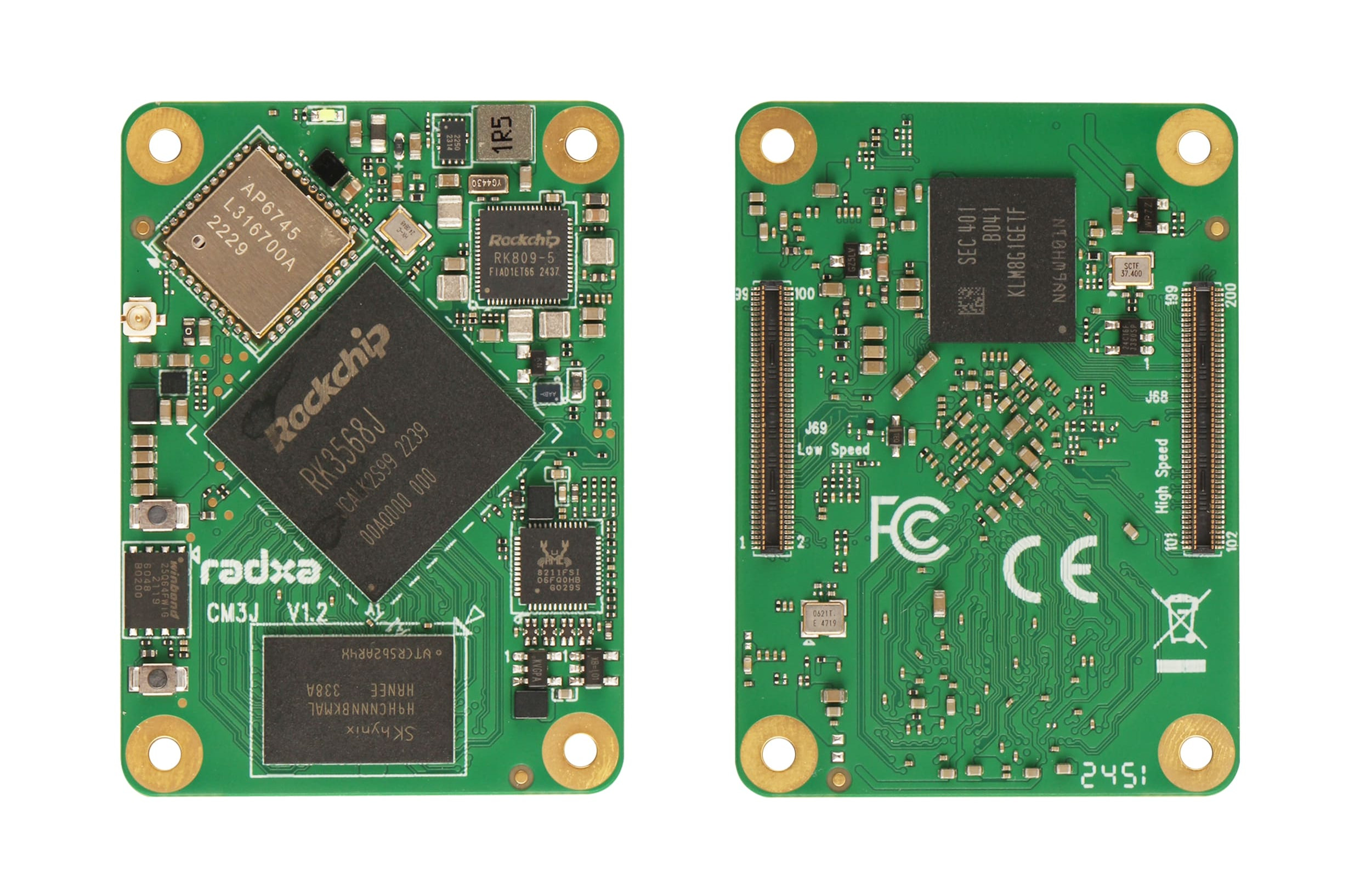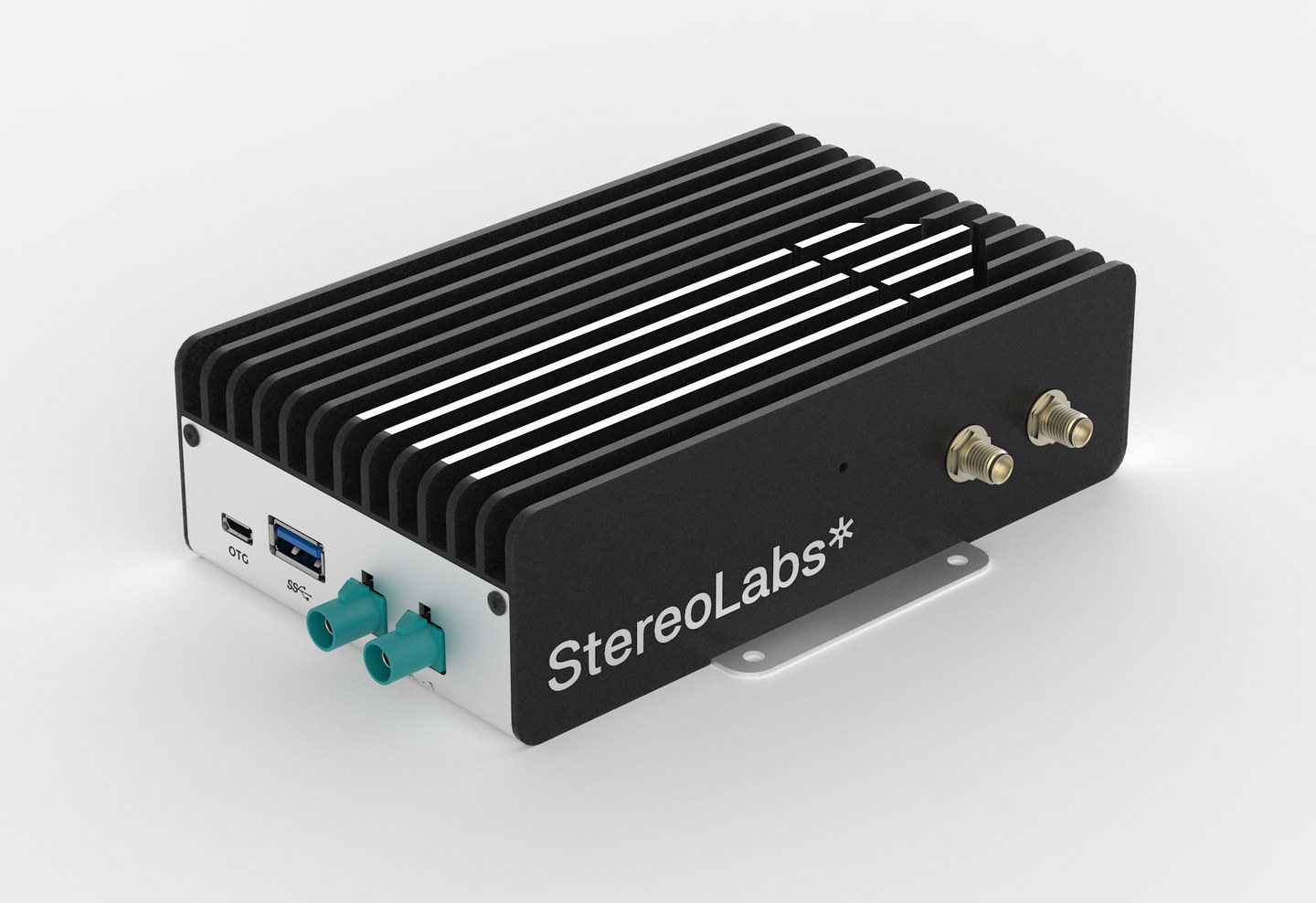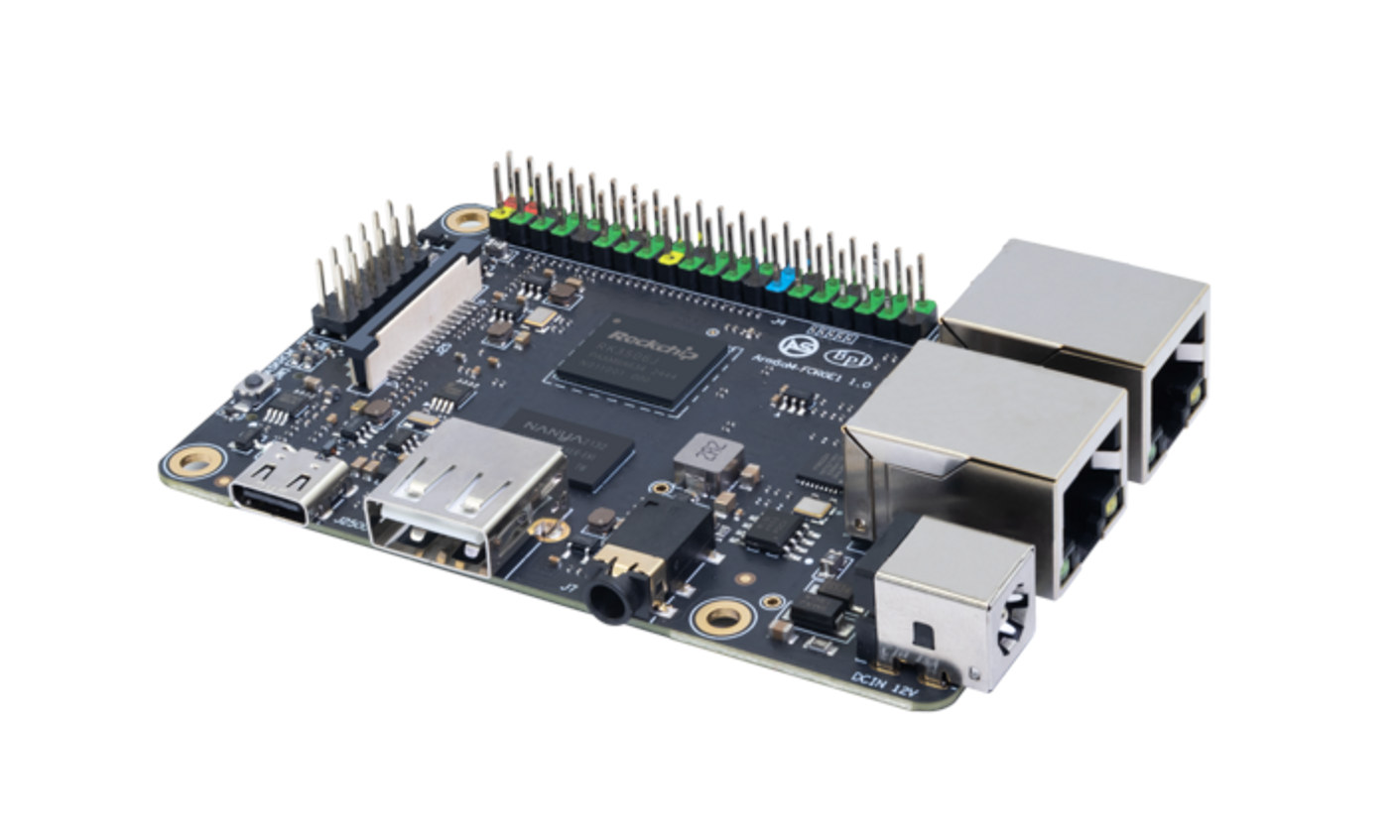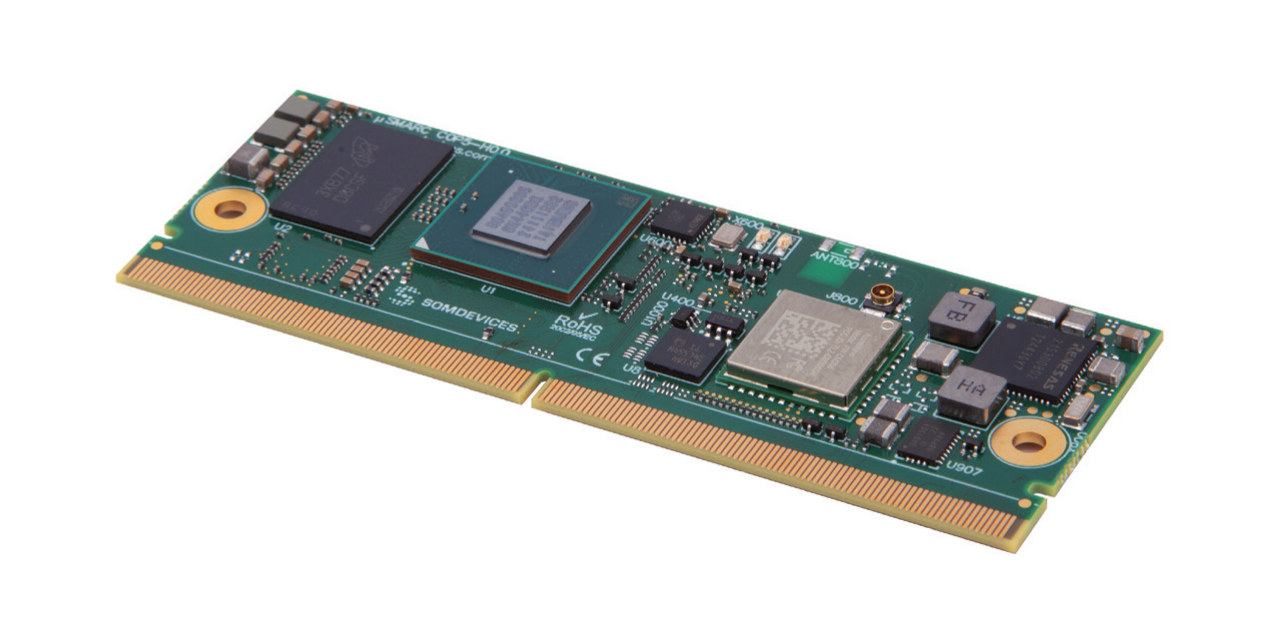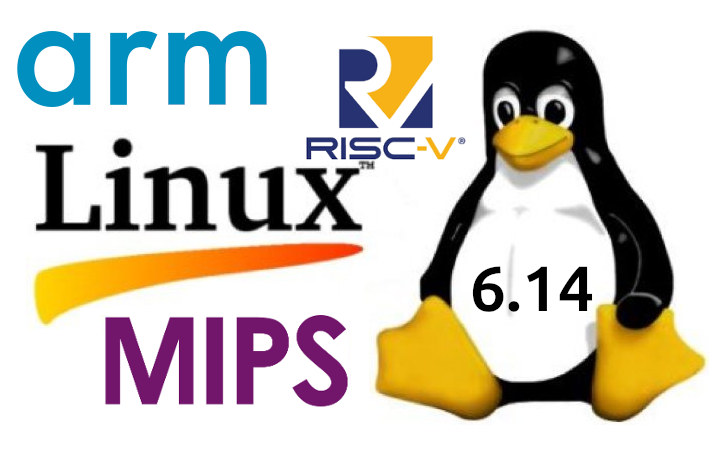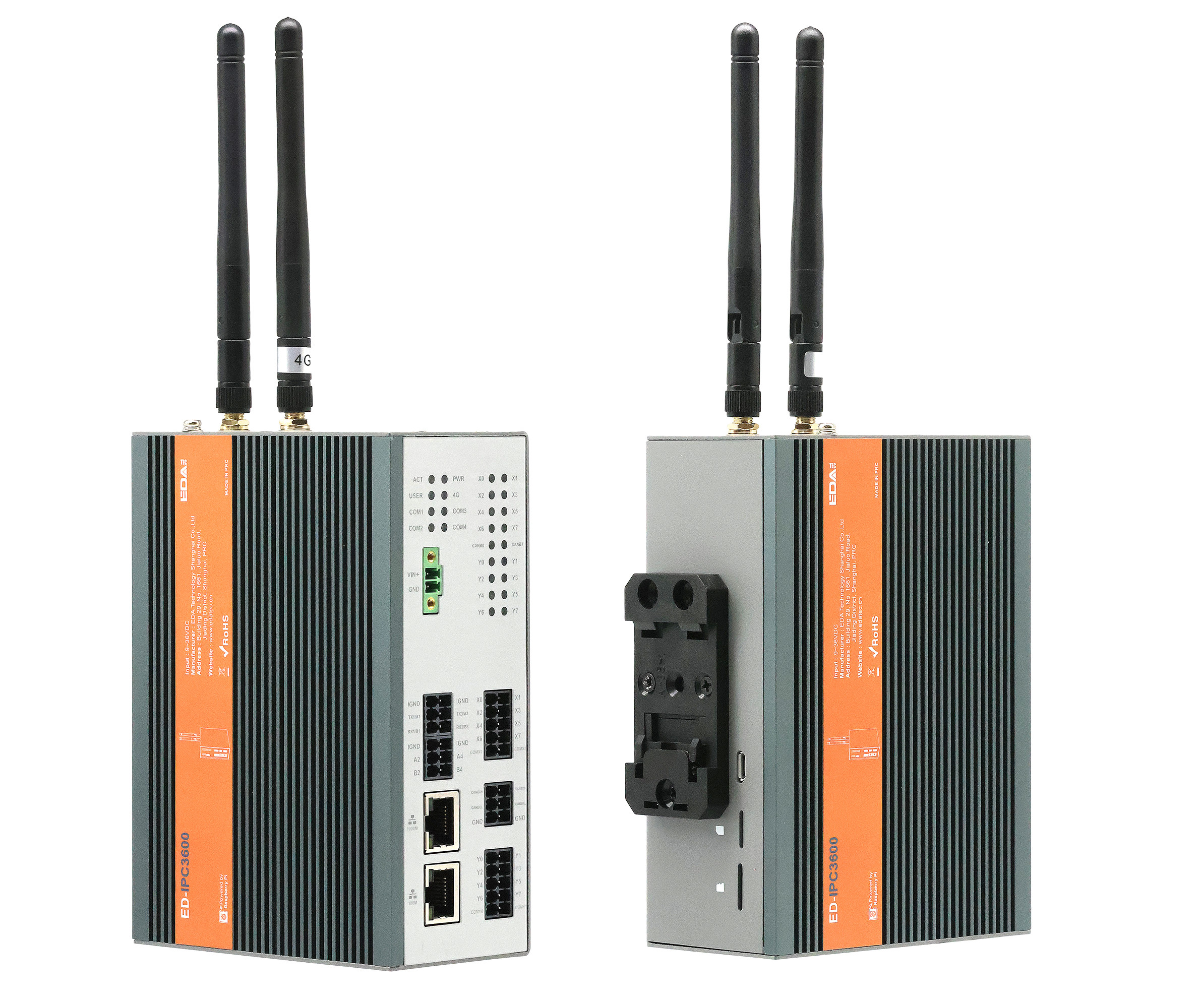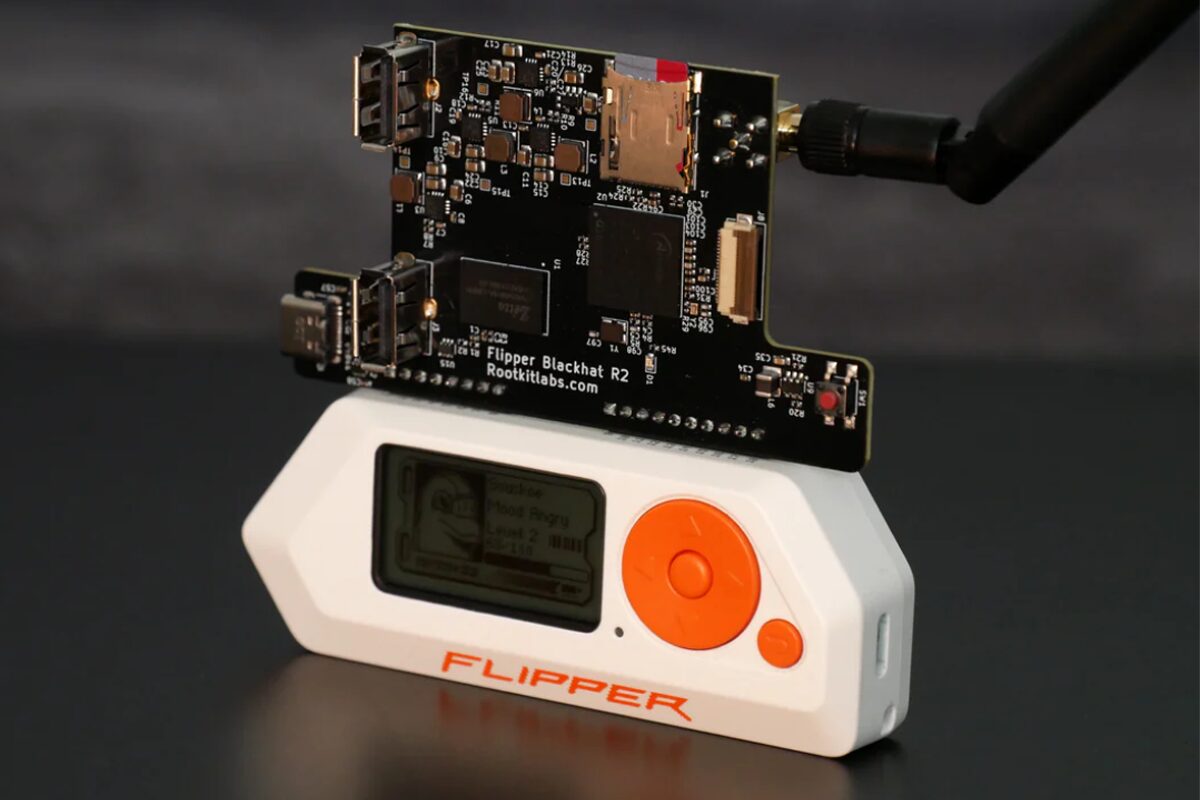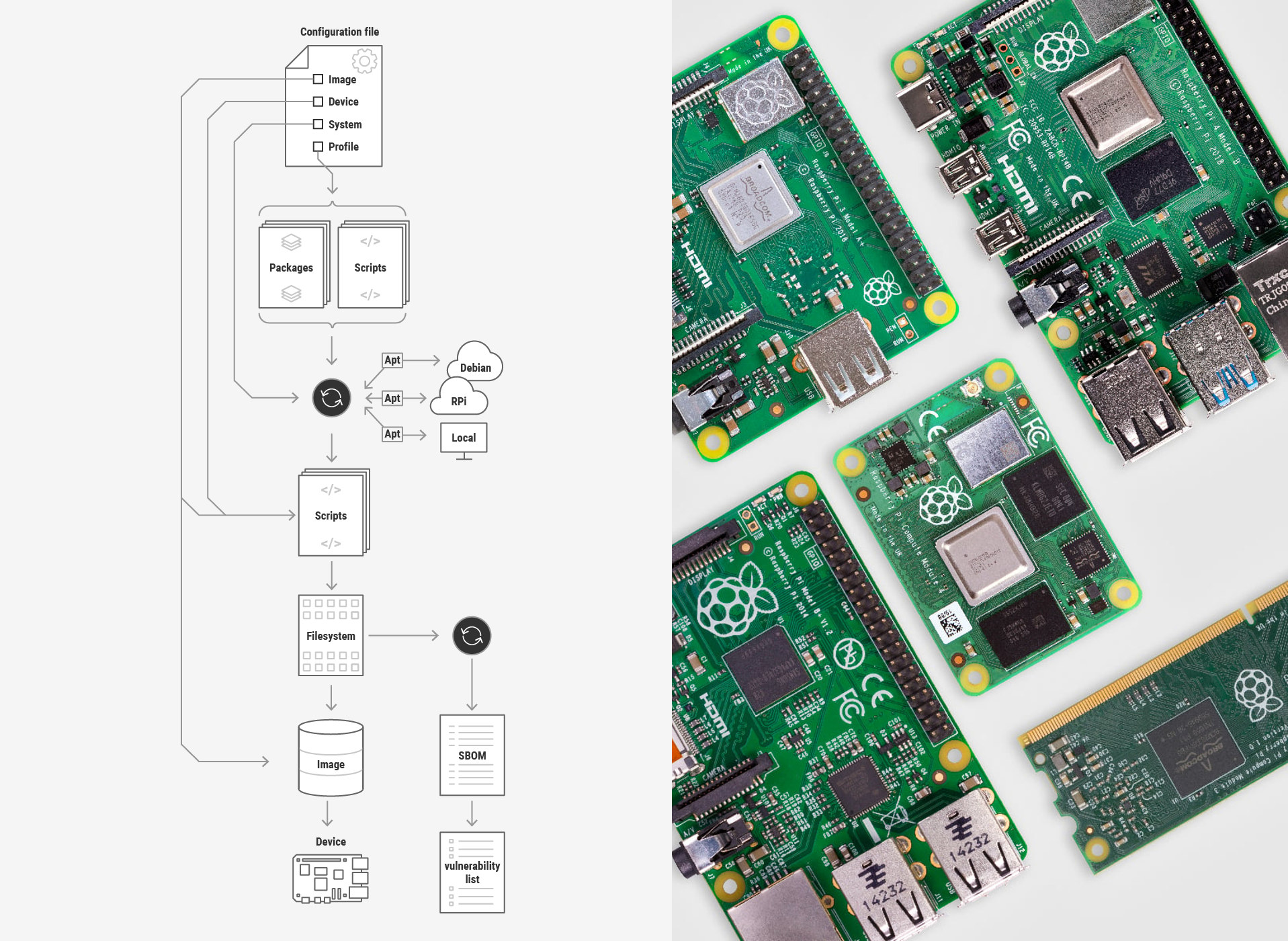Radxa CM3J is a Raspberry Pi Compute Module 4 compatible SoM powered by a Rockchip RK3568J industrial-grade quad-core Cortex-A55 SoC and equipped with up to 8GB LPDDR4x and up to 256GB eMMC flash. It’s an update to the Radxa CM3 based on the Rockchip RK3566 SoC with an industrial temperature range and only two board-to-board connectors, and can also be viewed as a cost-down version of the Radxa CM3i with RK3568 and four B2B connectors. It competes directly against the industrial-grade Raspberry Pi Compute Module 4 introduced at the beginning of this month. Radxa CM3J specifications compared to the Radxa CM3 and Raspberry Pi CM4: The Radxa CM3J has been tested with the official Raspberry Pi CM4 IO Board, WaveShare CM4‑POE‑UPS‑BASE, WaveShare CM4‑IO‑BASE‑B, and WaveShare CM4‑NANO‑B, but other carrier boards for the Compute Module 4 may also be supported. Like with other such modules, there’s no 100% pin compatibility with […]
Sterolabs ZED Box Mini is a compact NVIDIA Jetson Orin Nano/NX Vision AI PC with two GMSL2 camera inputs
Stereolabs ZED Box Mini “Super” is a compact mini PC based on NVIDIA Jetson Orin Nano or NX system-on-module and equipped with two GMSL2 camera inputs with synchronization trigger input/output, enabling AI Vision processing for robotics and smart infrastructure. The AI vision mini PC / embedded computer unit (ECU) also features a 256GB SSD, HDMI 1.4/2.1 video output, a gigabit Ethernet port, an optional Intel AX201 wireless module with two external antennas, a USB 3.0 port, a micro USB port for flashing the OS, and a 10-pin GPIO header with CAN Bus and UART for expansion. ZED Box mini specifications: System-on-Module (one or the other) NVIDIA Jetson Orin Nano 4GB | 34 TOPS NVIDIA Jetson Orin Nano 8GB | 67 TOPS NVIDIA Jetson Orin NX 8GB | 117 TOPS NVIDIA Jetson Orin NX 16GB | 157 TOPS Storage – 256GB SSD inserted in M.2 Key-M 2242 socket Video Output – […]
$23 ArmSoM Forge1 industrial SBC is powered by Rockchip RK3506J SoC
ArmSoM Forge1 is an industrial SBC (single board computer) powered by the Rockchip RK3506J triple-core Cortex-A7 processor designed for Smart Audio, HMI, and factory automation applications. The Forge1 is equipped with 512MB RAM, 512MB NAND flash, two Fast Ethernet ports, a MIPI DSI display connector, USB Type-A and Type-C ports, an audio jack, a 40-pin GPIO header partially compatible with Raspberry Pi HATs, and a 16-pin header with speaker output, microphone input, RS-485, and CAN Bus. ArmSoM Forge1 specifications: SoC – Rockchip RK3506J CPU 3x Arm Cortex-A7 core up to 1.5 GHz Arm Cortex-M0 real-time core GPU – 2D GPU only No VPU, no NPU System Memory – 512MB DDR3L Storage 512MB SPI NAND flash MicroSD card Video Output – 2-lane MIPI DSI connector up to 1280 x 1280@ 60FPS Audio 3.5mm audio jack Speaker and Mic via expansion header Networking – 2x 100Mbps Ethernet RJ45 ports USB 1x USB […]
SOMDEVICES µSMARC RZ/V2N system-on-module packs Renesas RZ/V2N MPU in a 82x30mm “micro SMARC” form factor
SOMDEVICES µSMARC RZ/V2N is a system-on-module powered by the Renesas RZ/V2N AI MPU and offered in a micro SMARC (µSMARC) form factor that’s quite smaller at 82x30mm than standard 82x50mm SMARC modules. The company told CNX Software it’s still 100% compatible with SMARC 2.1 with a 314-pin MXM 3.0 edge connector. It’s also cost-effective with a compact PCB and can be used in space-constrained applications. The µSMARC features up to 8GB LPDDR4, up to 128GB eMMC flash, two gigabit Ethernet PHY, and an optional WiFi 5 and Bluetooth 5.1 wireless module. µSMARC RZ/V2N specifications: SoC – Renesas RZ/V2N CPU Quad-core Arm Cortex-A55 @ 1.8 GHz Arm Cortex-M33 @ 200 MHz GPU – Arm Mali-G31 3D graphics engine (GE3D) with OpenGL ES 3.2 and Open CL 2.0 FP VPU – Encode & decode H.264 – Up to 1920×1080 @ 60 fps (Renesas specs, but SOMDEVICES also mentions up to 4K @ 30 […]
Linux 6.14 release – Main changes, Arm, RISC-V, and MIPS architecture
Linus Torvalds has just announced the release of Linux 6.14 on LKML: So it’s early Monday morning (well – early for me, I’m not really a morning person), and I’d love to have some good excuse for why I didn’t do the 6.14 release yesterday on my regular Sunday afternoon release schedule. I’d like to say that some important last-minute thing came up and delayed things. But no. It’s just pure incompetence. Because absolutely nothing last-minute happened yesterday, and I was just clearing up some unrelated things in order to be ready for the merge window. And in the process just entirely forgot to actually ever cut the release. D’oh. So yes, a little delayed for no good reason at all, and obviously that means that the merge window has opened. No rest for the wicked (or the incompetent). Below is the shortlog for the last week. It’s nice and […]
EDATEC ED-IPC3630 Raspberry Pi CM5-powered industrial PC gets eight DI, eight DO, and two CAN Bus
EDATEC ED-IPC3630 is an industrial PC (IPC) built around the Raspberry Pi Compute Module 5 (CM5) with up to 8GB RAM and designed for industrial automation, IoT, and control applications with features like a wide 9V to 36V DC power input and a DIN-rail mount. The industrial computer also offers dual GbE, optional WiFi 5 and/or 4G LTE cellular connectivity, HDMI video output, a few USB ports, eight digital inputs (DI), eight digital outputs (DO), and two CAN Bus interfaces. ED-IPC3630 Specifications: SoM – Raspberry Pi CM5 SoC – Broadcom BCM2712 quad-core Cortex-A76 processor @ 2.4GHz with VideoCore VII GPU System Memory – 2GB, 4GB, or 8GB LPDDR4-4267 SDRAM (the 16GB model is not offered, maybe due to supply issues) Storage – Options for 16GB, 32GB, or 64GB eMMC flash Wireless – Optional dual-band WiFi 5 and Bluetooth LE 5.0 module Storage M.2 Key-B socket optionally fitted with 128GB, 256GB, […]
Flipper Blackhat is a Flipper Zero dual-band Wi-Fi card with an Allwinner A33 processor
Developed by Rootkit Labs in Switzerland, the Flipper Blackhat is an open-source Allwinner A33-based Flipper Zero dual-band Wi-Fi card running Linux and designed for penetration testing, cybersecurity research, and wireless network analysis. Built around an Allwinner A33 quad-core 1.5GHz processor, it comes with 1GB RAM, and an onboard 2.4GHz WiFi radio (RTL8723DS), with additional connectivity via two USB-A ports and one USB-C (FTDI-connected). The package also includes a 5GHz USB WiFi dongle (RTL8821CU) and a WiFi antenna for the built-in radio but requires an SD card and Flipper device separately. Flipper Blackhat Specifications: SoC – Allwinner A33 CPU – Quad-core Arm Cortex-A7 processor GPU – Arm Mali-400 MP2 VPU – 1080p60 H.264, VP8, MPEG 1/2/4, JPEG/MJPEG video decoding 1080p60 H.264 video encoding Memory – 1GB RAM Storage – SD Card slot Wireless Connectivity Realtek RTL8723DS 2.4 GHz Wi-Fi Includes Realtek RTL8821CU 5 GHz USB Wi-Fi dongle Supports additional third-party Wi-Fi […]
rpi-image-gen build system creates custom images for Raspberry Pi boards
Raspberry Pi has just released the rpi-image-gen build system to generate custom Raspberry Pi images designed for a specific application and based on packages from the Debian and Raspberry Pi OS repositories I was initially surprised by this announcement, as there are already build tools like the Yocto Project or buildroot designed for this purpose. They are however somewhat complex to use and there’s a steep learning curve, so maybe Raspberry Pi made something easier to use. Let’s have a look. The build is mostly defined by a configuration file which defines the profile and image layout. The company explains the main reasons for creating yet another build system. First, the images are quick to build with the rpi-image-gen build system since you don’t have to build the whole project from source, contrary to something like the Yocto Project which can take hours (for the first build at least). That’s […]


